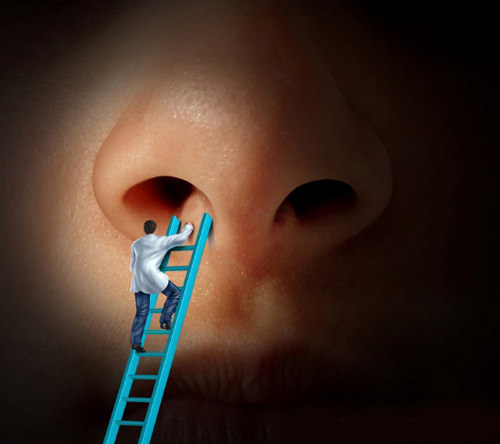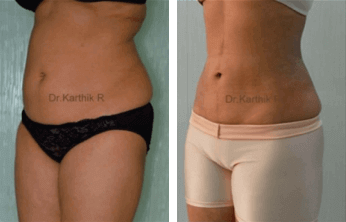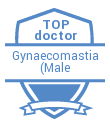What You Need To Know, About Your Nose

A nose is the most prominent part of your face which is most noticeable by those come face-to-face with you. People look into your eyes while directly interacting with you and so their vision is secondarily focused upon your nose and lips. Although an uneven nose need not directly lead to any breathing problem of sorts, it is only ideal for you to know if your nose is of an improper structure so that it can be assessed and rectified.
Your Nose Is As Unique As You
 The structure of your nose defines who you are. Noses come in different shapes and sizes and vary in appearance and characterization, from person to person. The shape of the nose is determined by the position at which the nasal bone, lower and upper lateral cartilages are present. This placement combination, in turn, determines how different an individual’s nose is.
The structure of your nose defines who you are. Noses come in different shapes and sizes and vary in appearance and characterization, from person to person. The shape of the nose is determined by the position at which the nasal bone, lower and upper lateral cartilages are present. This placement combination, in turn, determines how different an individual’s nose is.
Fun Fact: A survey conducted and registered in the Journal of Craniofacial Surgery, mentions that the human nose is generally characterized in 14 different shapes ranging from a straight nose (Greek nose) to a downward hooked nose (hawk nose). The most prevalent type of nose is the bulbous nose (fleshy nose).
 Prior to Tweaking Your Nose
Prior to Tweaking Your Nose
Before you can think about altering your nose, you need to first understand what Rhinoplasty (nose job) is all about. Altering your nose is an irreversible procedure and so we must keep in mind that the outcome of how your nose maybe after the operation might not entirely be in relation to what we actually imagine it to be. Nose augmentation is most commonly performed for those with:
- A broad nose due to nasal bone widening
- Nonexistence of nose bridge due to the existence of a depression
- Presence of a bump over the nose
- Bulging present at the tip of the nose
 Types of Nose Augmentation
Types of Nose Augmentation
There are two main types of Rhinoplasty in the field of Cosmetic Surgery, namely open and closed rhinoplasty.
Open Rhinoplasty
This procedure of nose operation is more complex and requires internal incisions combined with an additional short incision on the underside of the nose (columella), between the nostrils. This type is administered in extreme cases of nose deformation or as a part of revised rhinoplasty. This method is only undertaken as a secondary measure as it requires a deeper operation and may leave visible scars on the nose exterior in rare cases.
Closed Rhinoplasty
This type of rhinoplasty is mostly preferred during the initial consultation and upon diagnosis is chosen in case of a less complex deformity. The procedure involves internal incisions alongside the nostril interior wherein the surgeon lifts the skin up from the framework of the nasal cavity. Subsequent to this, the shape of the nose is modified accordingly. This procedure does not involve any external incisions.
Is Rhinoplasty Required for Me?
 Your nose is a part of your face and hence before you decide whether you need any sort of modification for it, consider these prerequisites which may give you a clearer picture as to whether you can proceed for a rhinoplasty consultation:
Your nose is a part of your face and hence before you decide whether you need any sort of modification for it, consider these prerequisites which may give you a clearer picture as to whether you can proceed for a rhinoplasty consultation:
- Your nose seems to stand out on your face due to its disproportion when compared to other facial features
- The nose bridge has a nasal bump on it
- Nostrils are too wide and flared up
- Nasal tip is unnaturally droopy, thick or enlarged
- Nose seems to be crooked and out of place
- A previous rhinoplasty that has led to a nose disorientation, giving an asymmetrical appearance
Given the individual’s case, the surgeon will decide upon whether to perform an open or closed rhinoplasty, post consultation and diagnosis.












